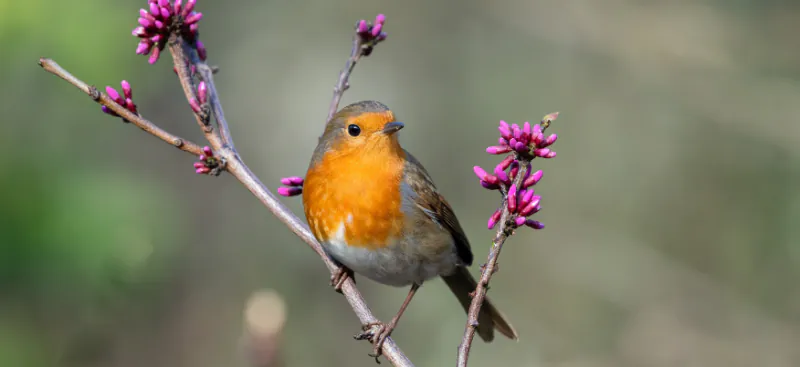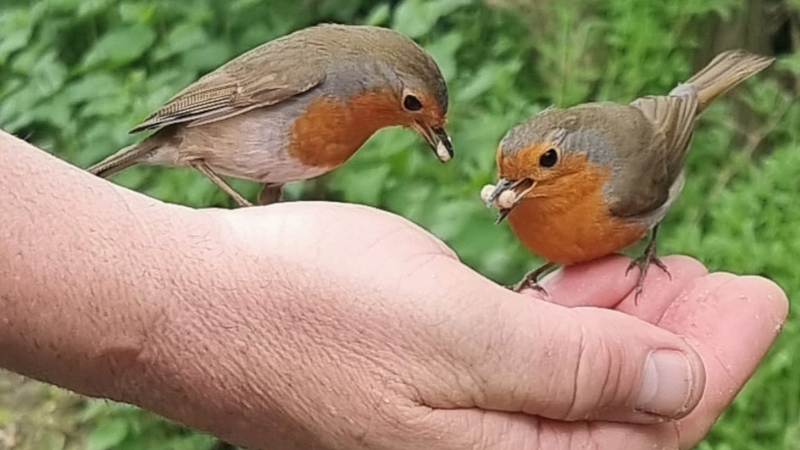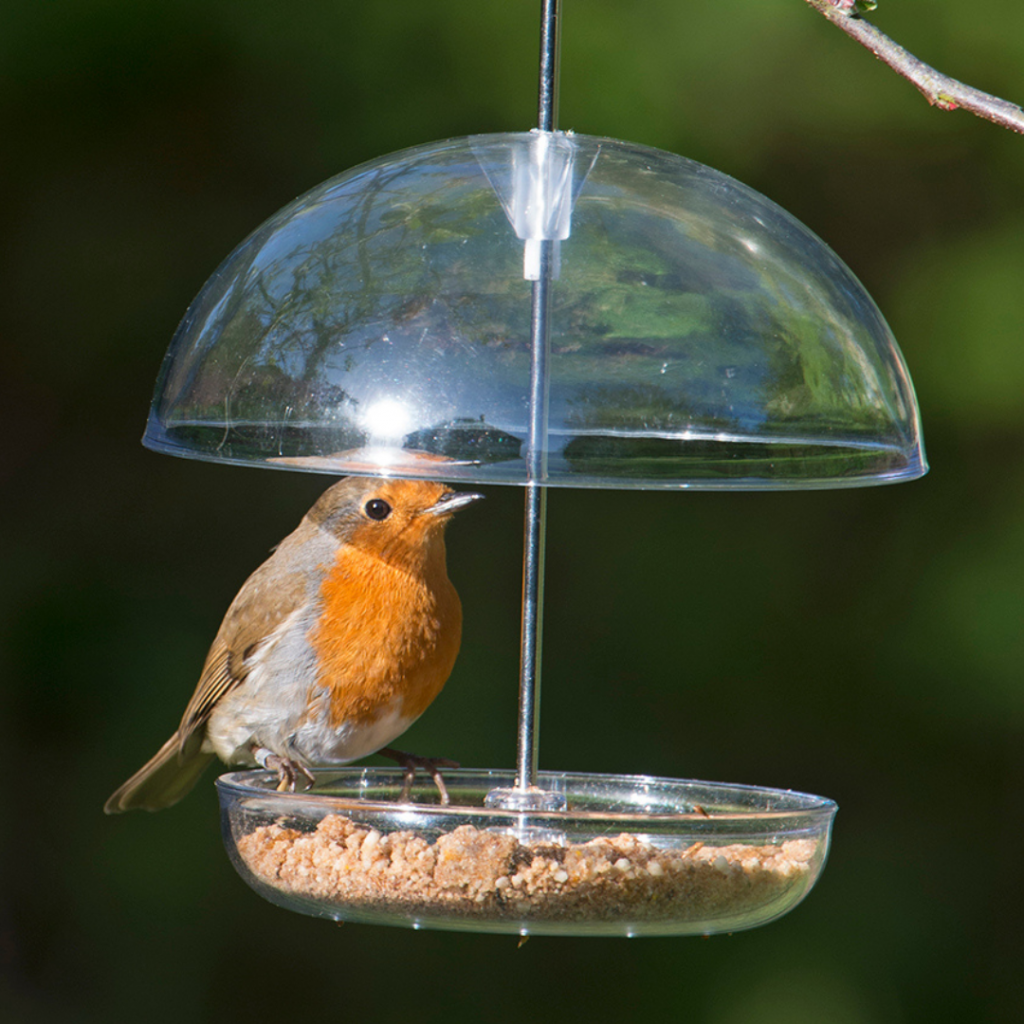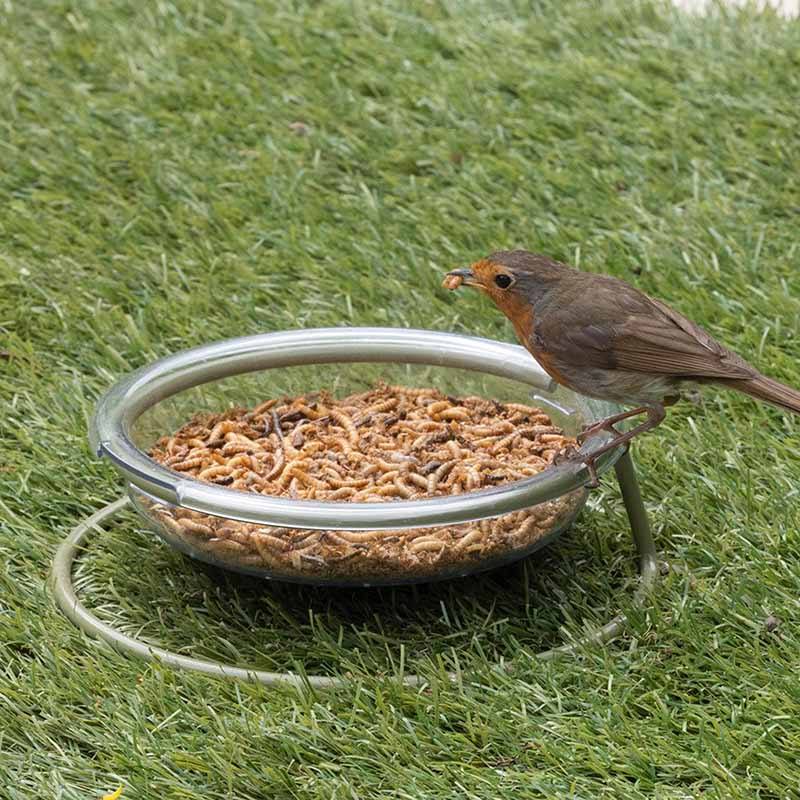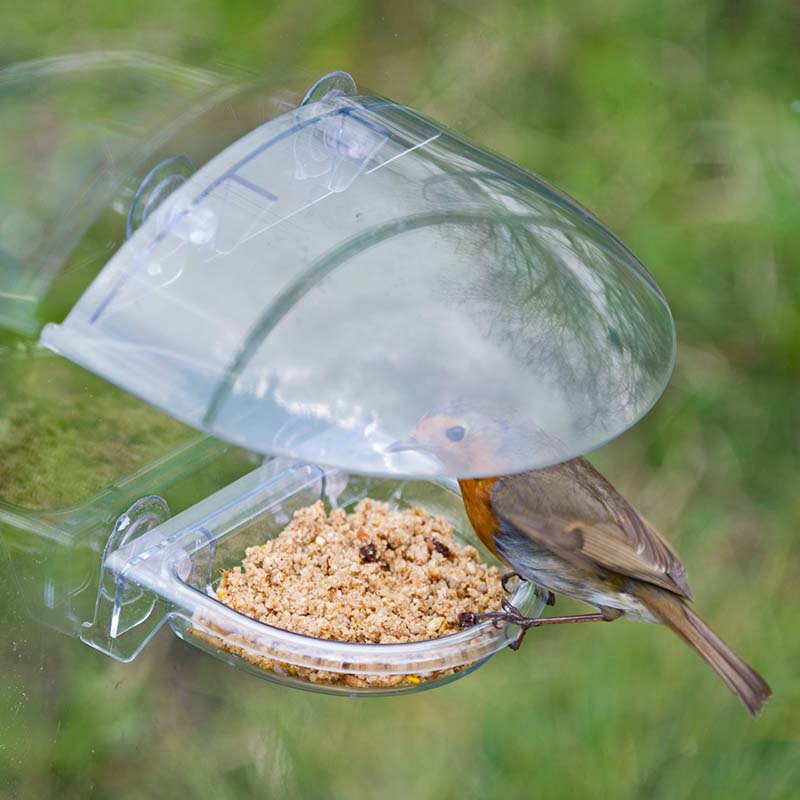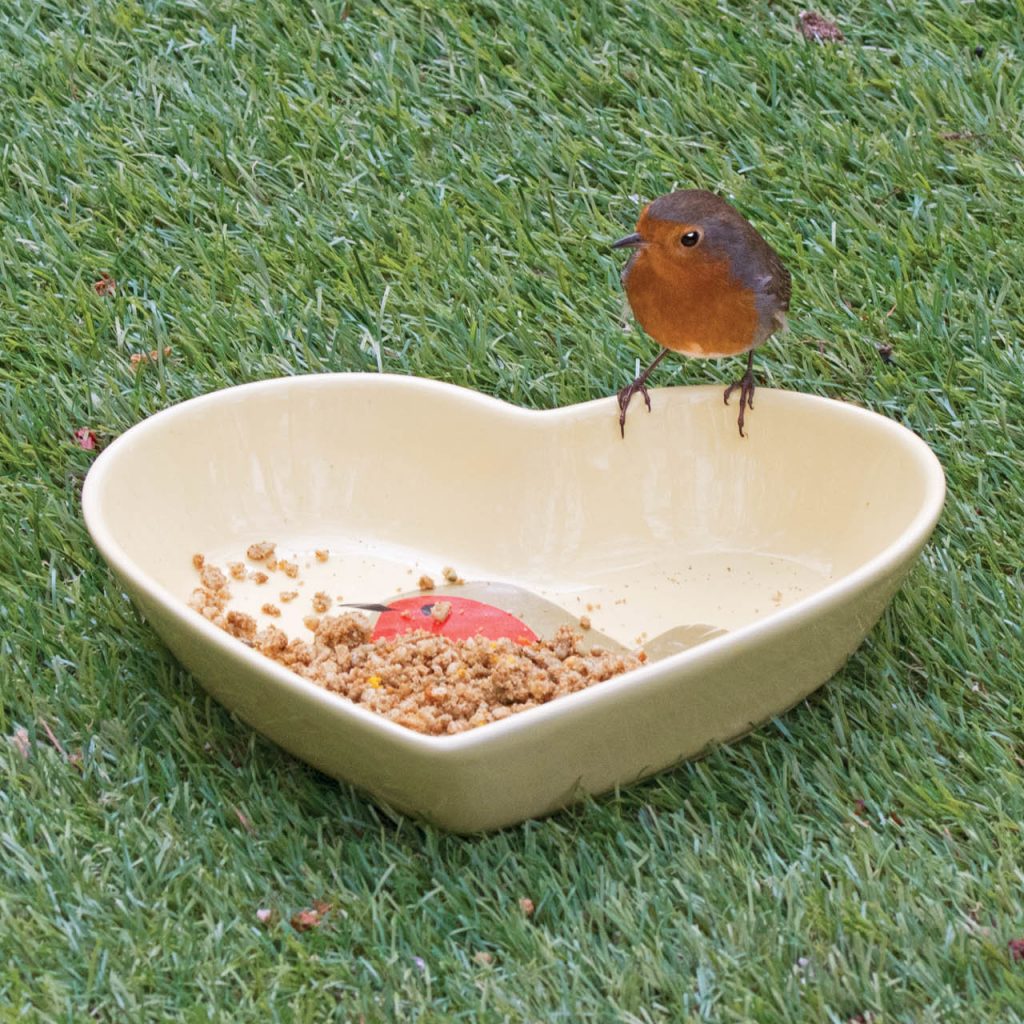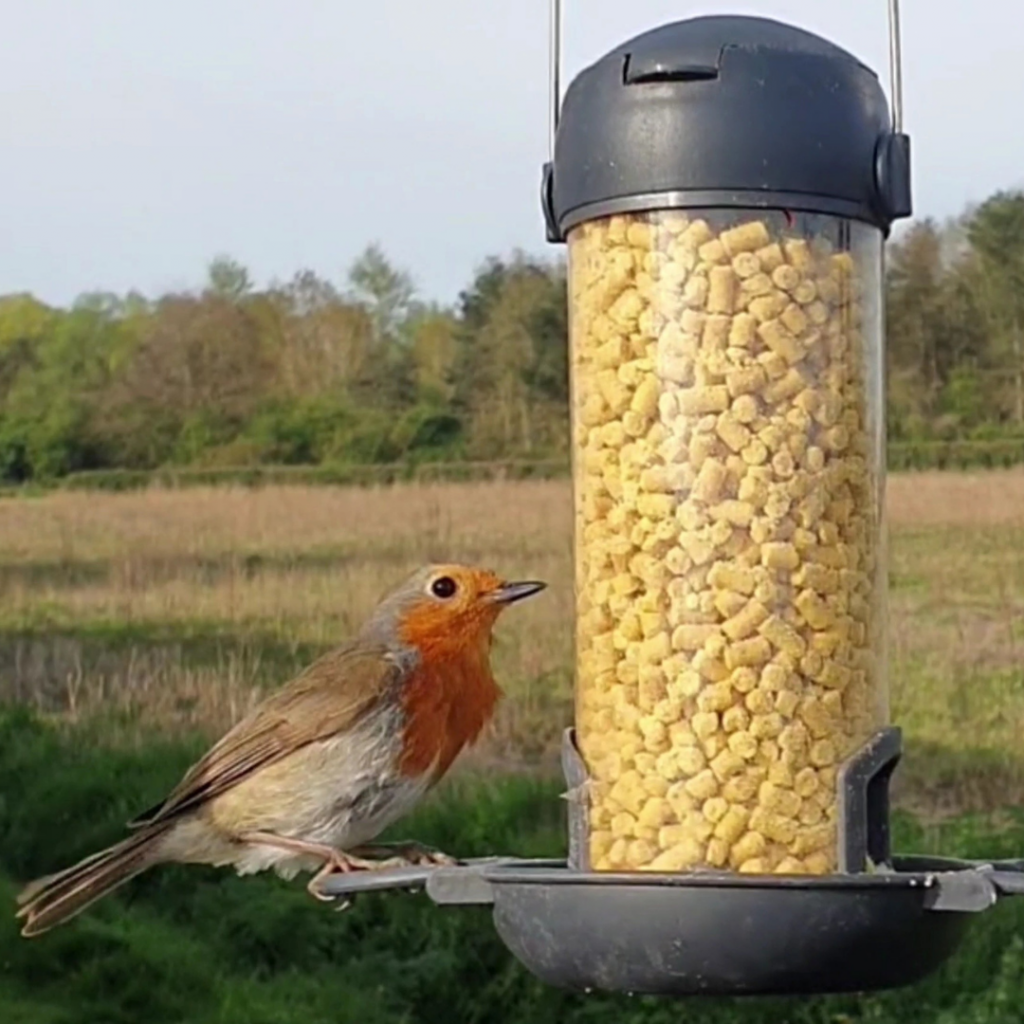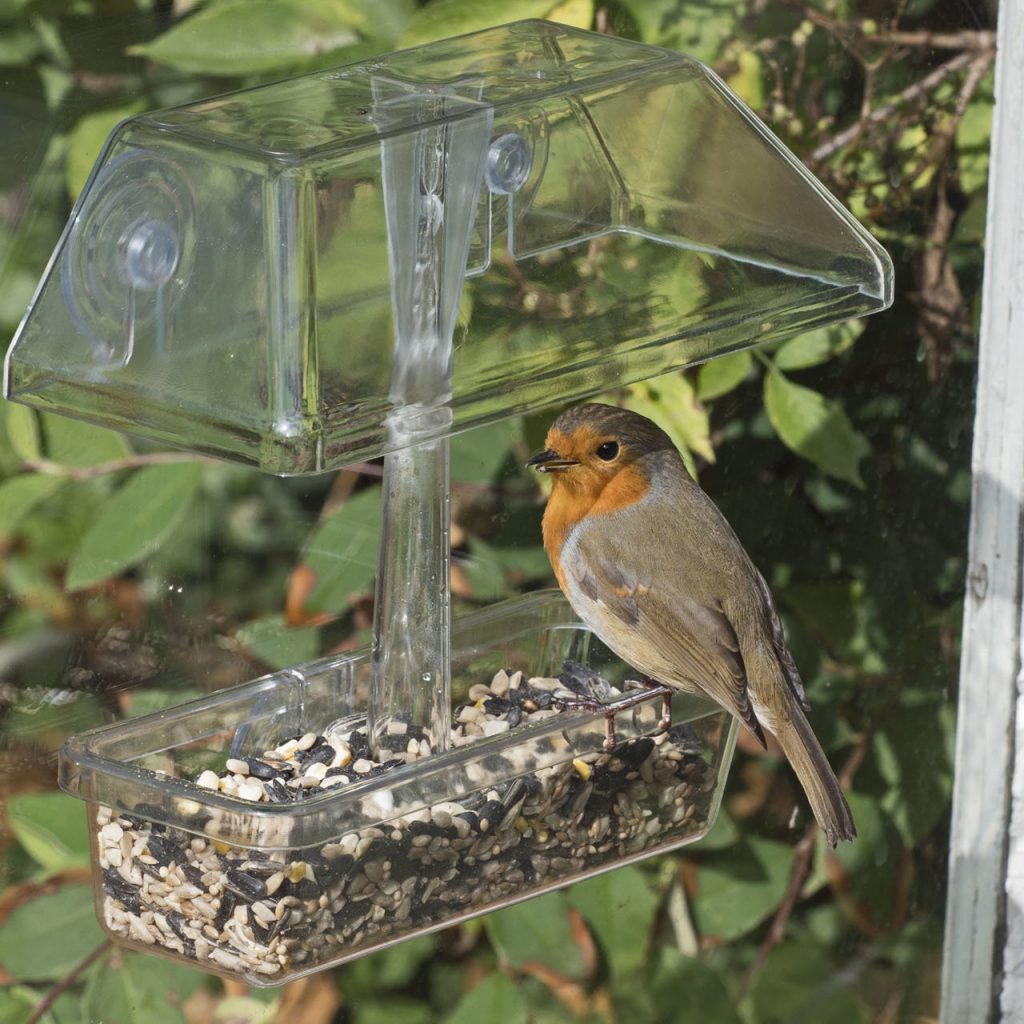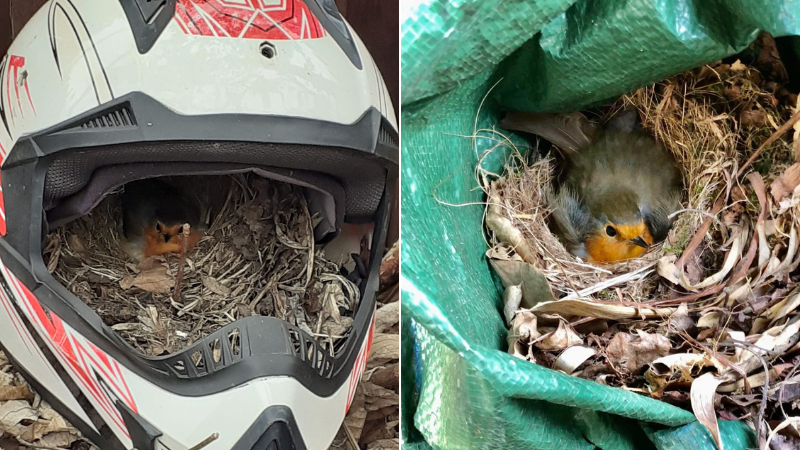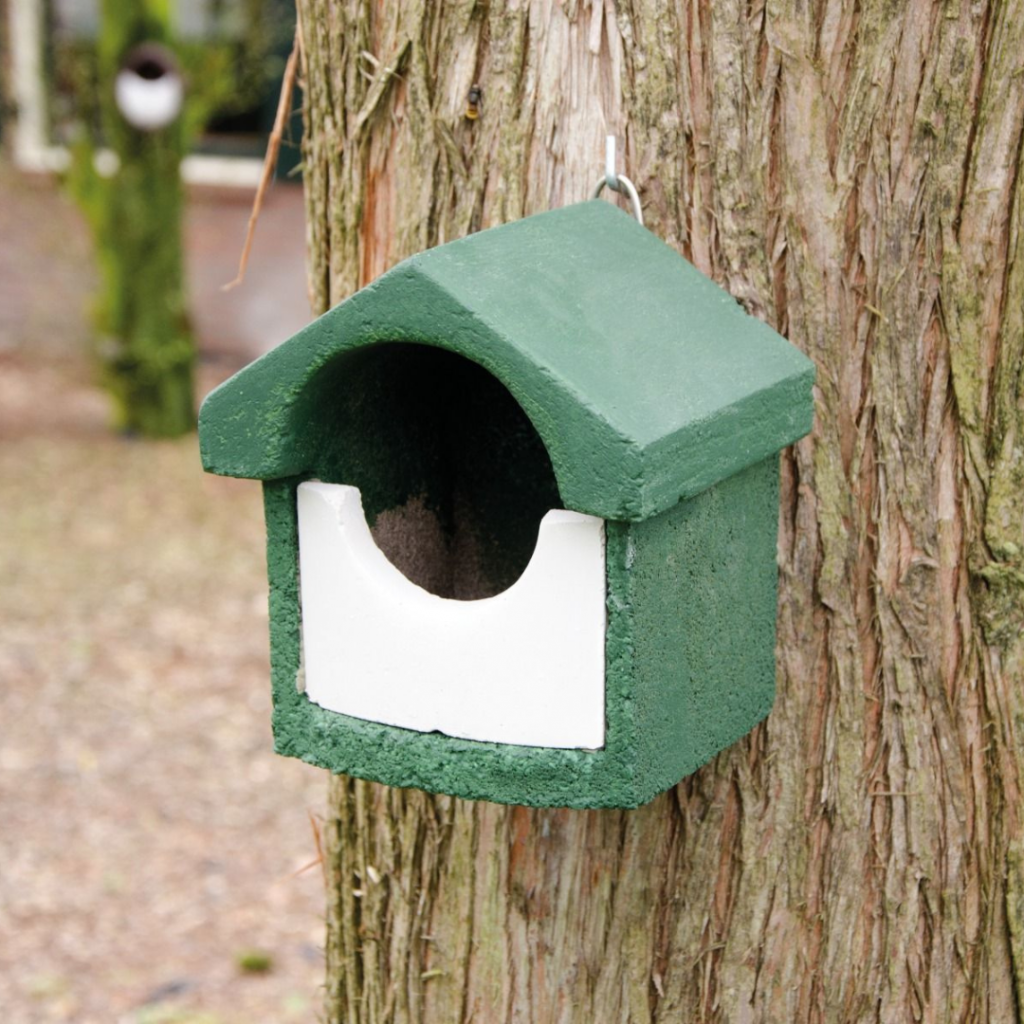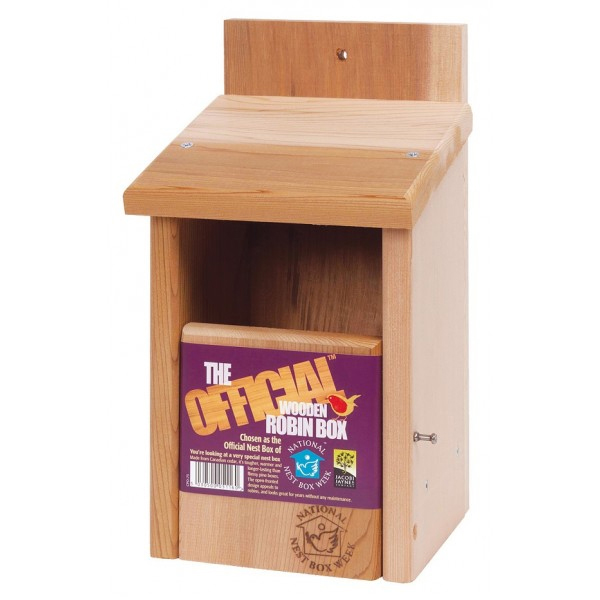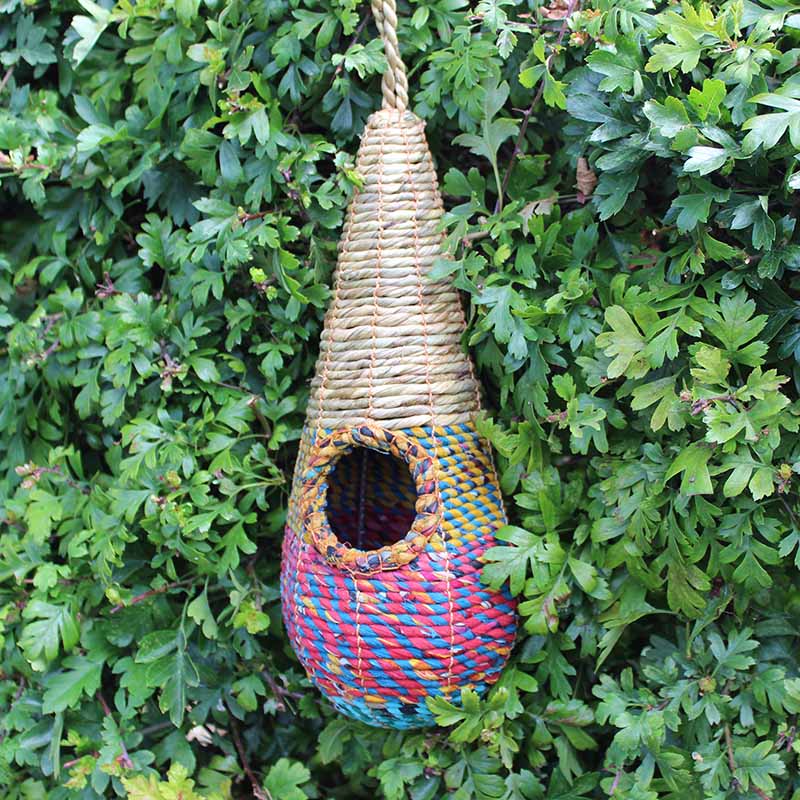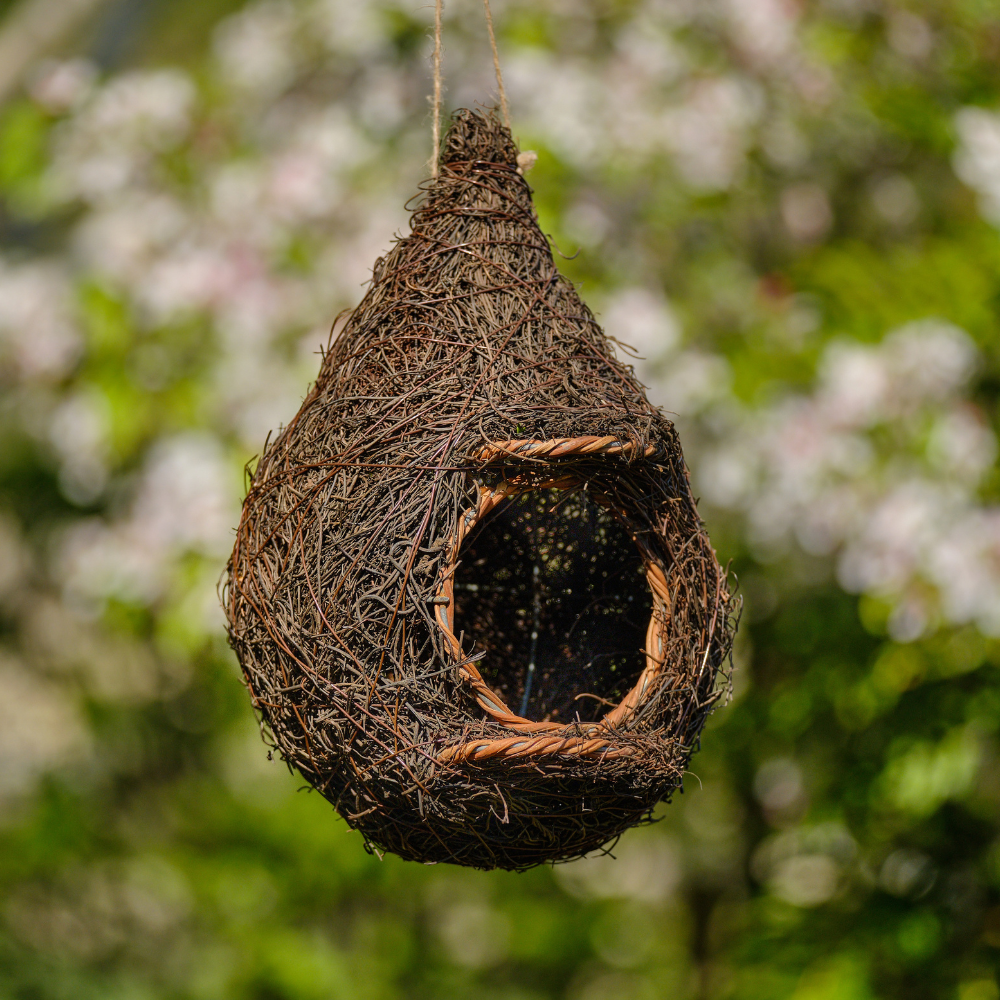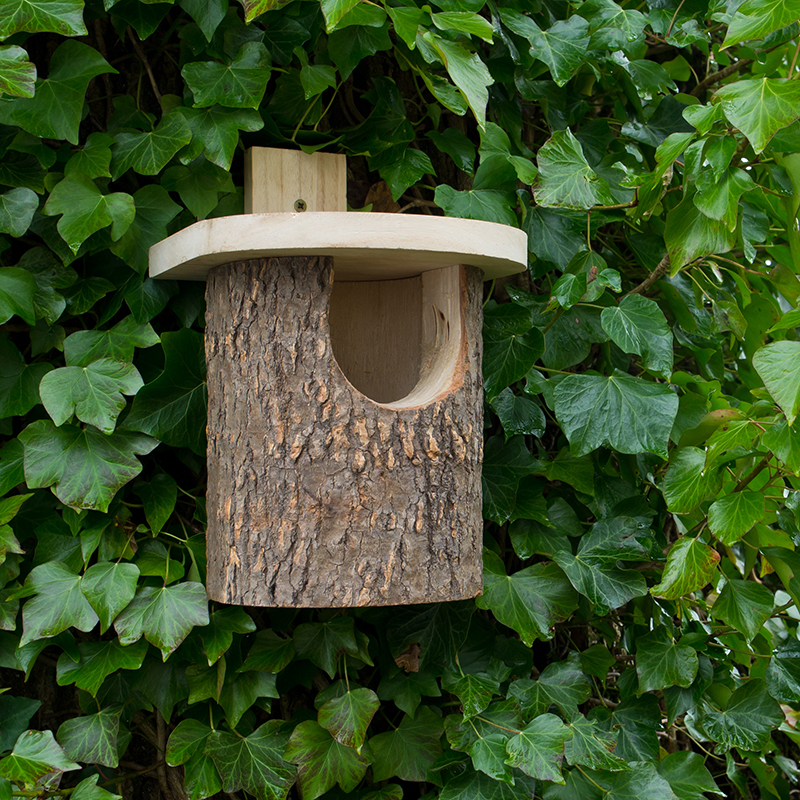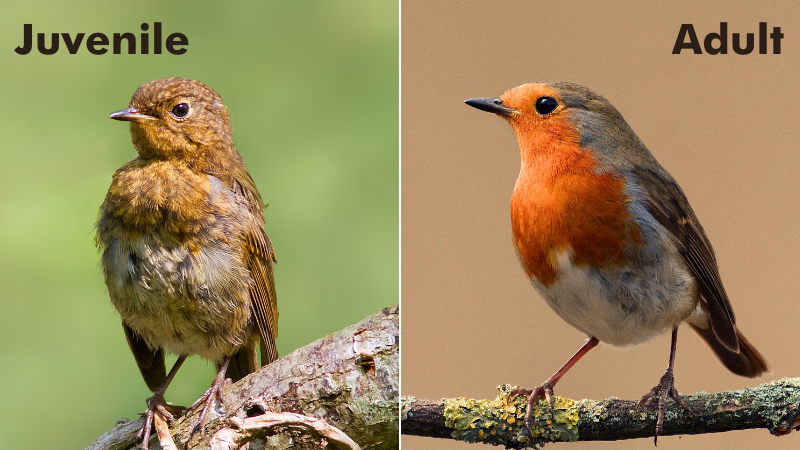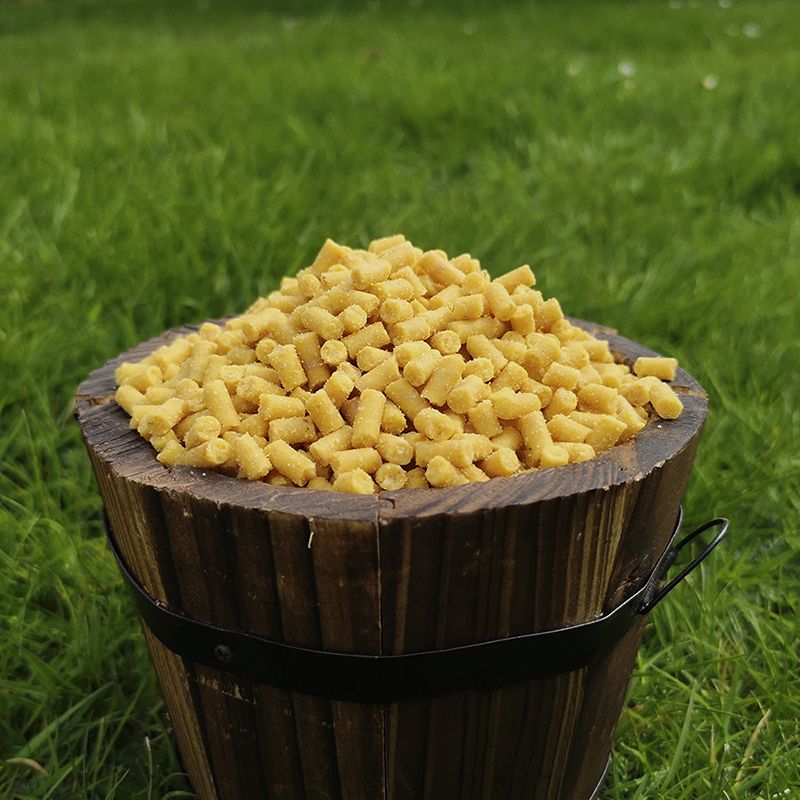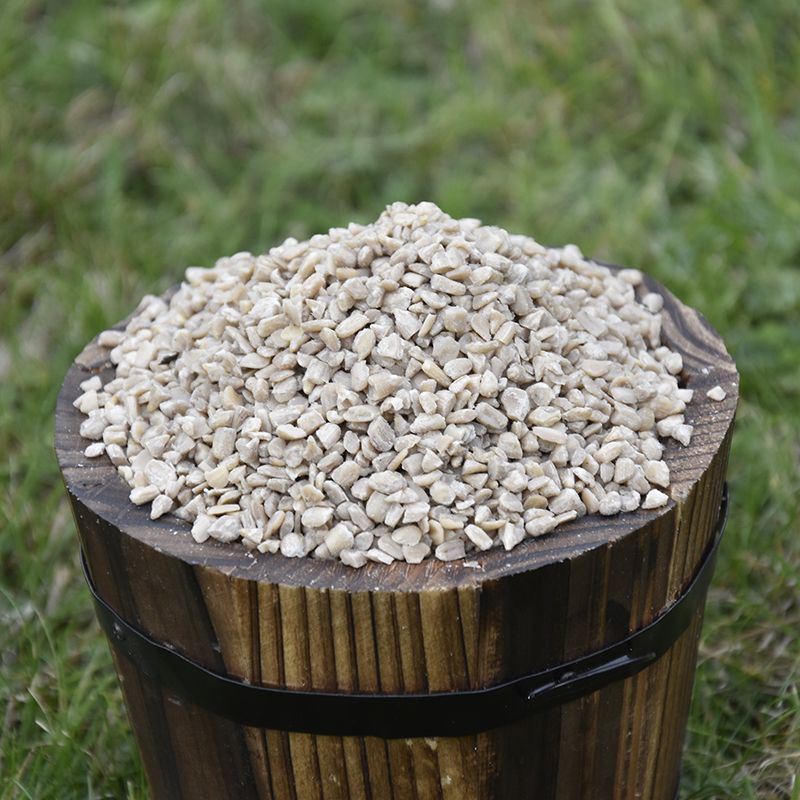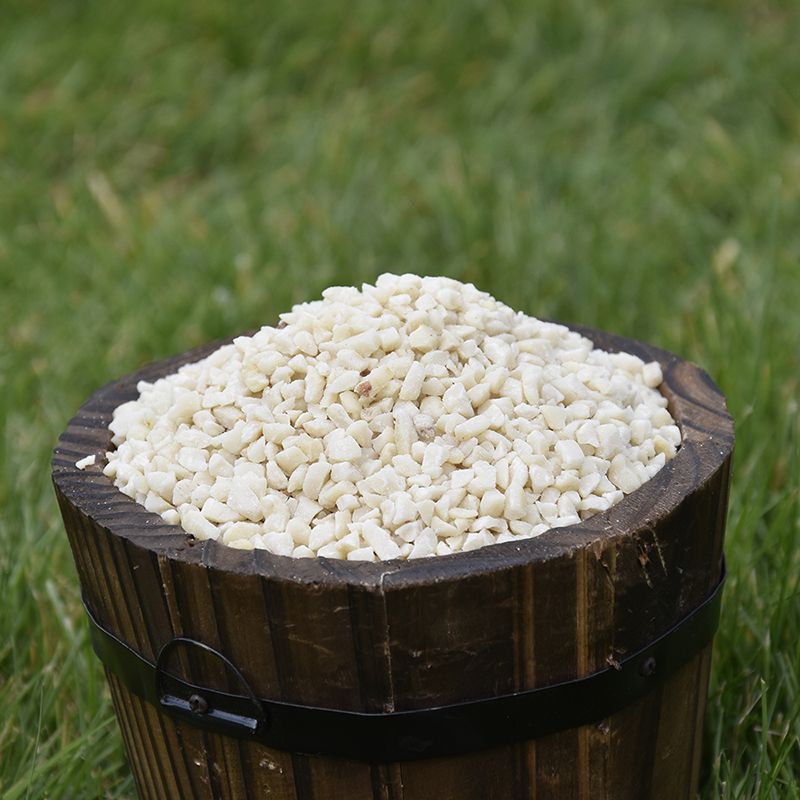How to Attract Robins to Your Garden
"When a Robin appears, a loved one is near."
If you share a love for Robins with the entire nation, then you can agree it's one of the best feelings to see them in the garden. But how can you make them regular visitors? If you are struggling to entice Robins into your outdoor space, then you've come to the right place. From favourite foods to using the correct nest box, we'll be covering everything you need to know on how to attract Robins to your garden.
What do Robins Eat?
We're starting off with the most important tool, food! Like any animal (including humans), delicious food is a great way to attract Robins to your garden, and there are certain treats they could never say 'no' to. By having a regular supply of tasty food out, your Robins will quickly realise your garden is the best restaurant to dine in. Here are the top 5 foods Robins love to eat.
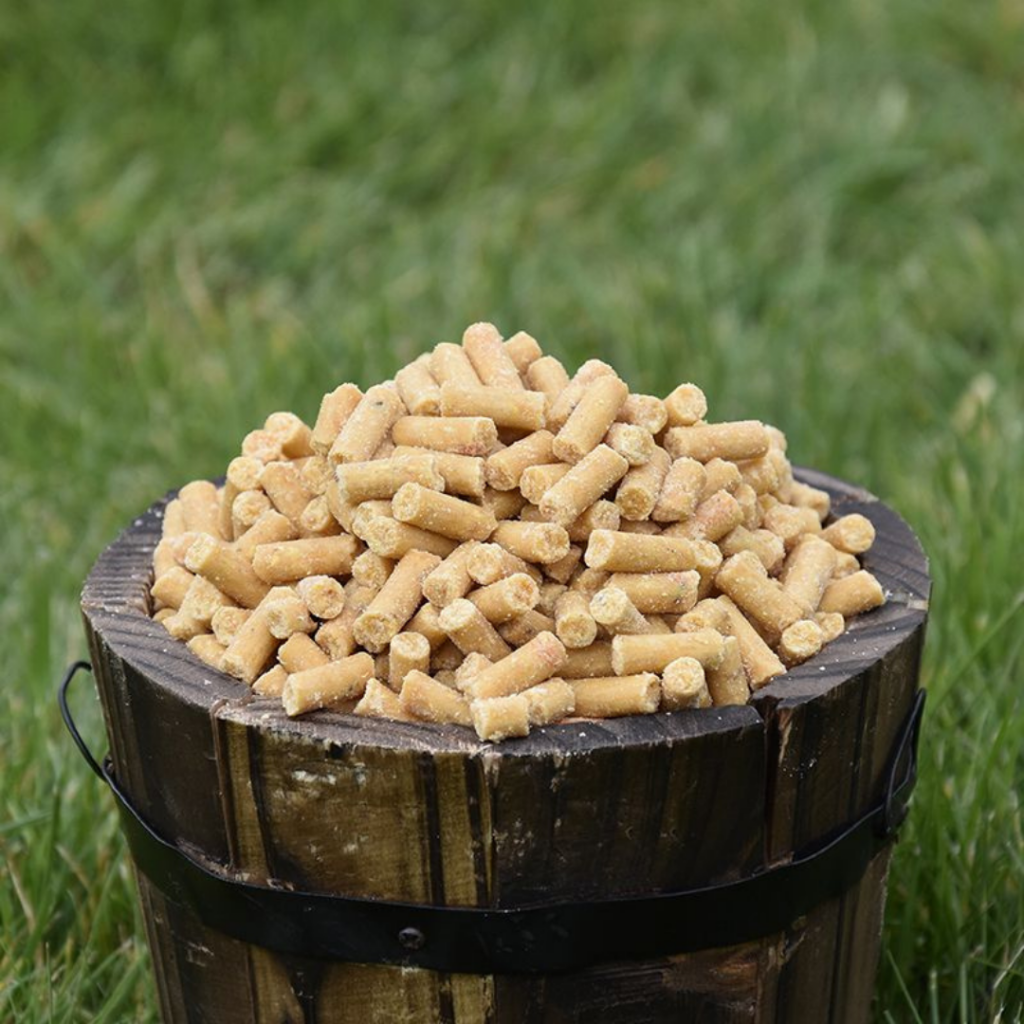
Insect & Mealworm Suet Pellets
It's our best-selling suet pellet for a reason. Our insect and mealworm suet pellets are made right here on our award-winning farm, using the very best ingredients. These little bites of delights contain high-quality, human-grade beef suet as standard, mixed with delicious insects and oat flour for added nutrients. We add oyster shell grit to give your Robins a boost of calcium, keeping their bones strong and healthy all year round. Click here to find out just how much Robins love our insect & mealworm suet pellets.
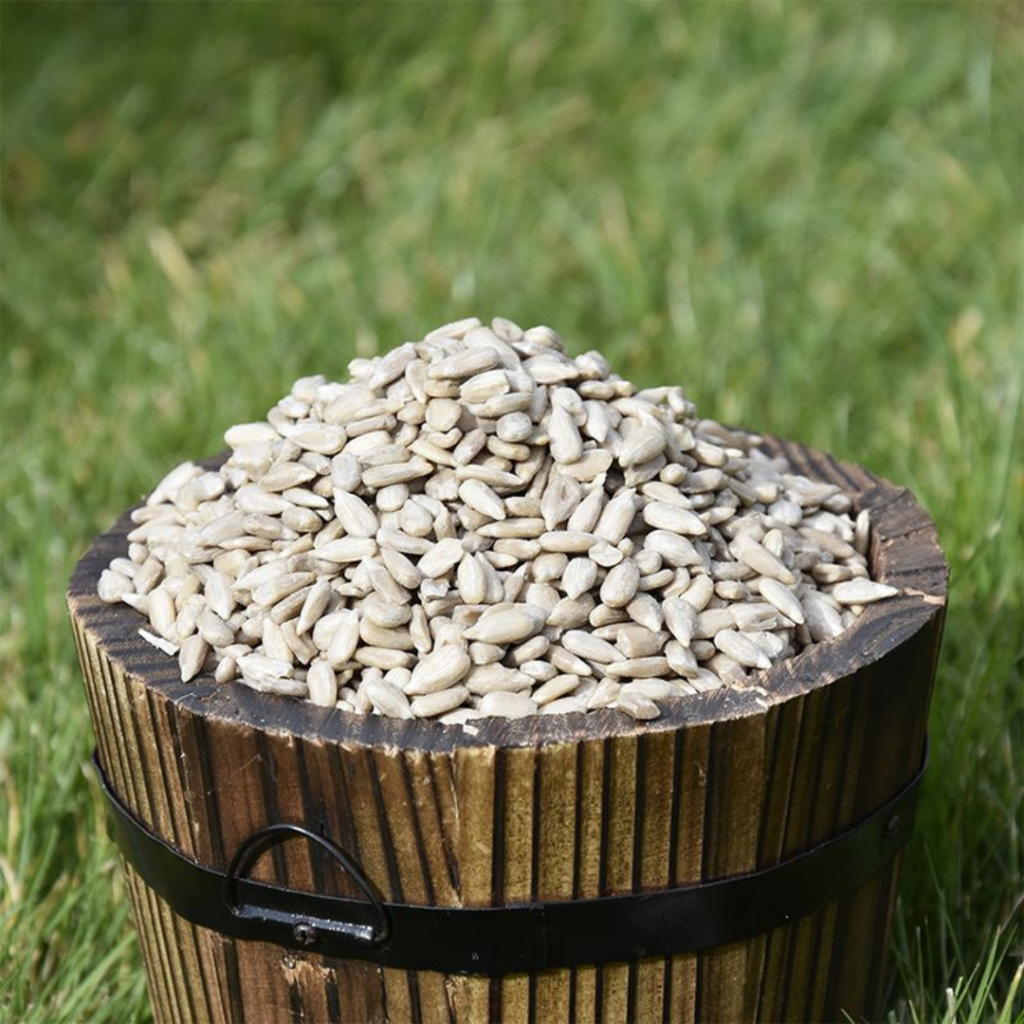
Sunflower Hearts
Robins have soft bills and find it tricky to break through hard shells. We've done all the hard work for them by cracking the hard shell of the black sunflower seed, leaving them with the delicious sunflower heart to enjoy. Our premium sunflower hearts are an all-time favourite with wild birds and a fantastic source of healthy oils, protein and have a high energy content.
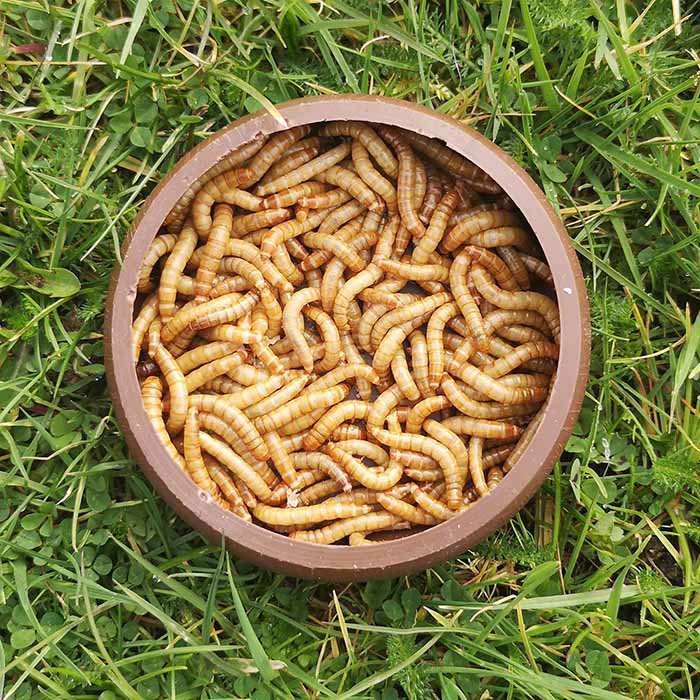
Live Mealworms
A fantastic, natural source of wild bird food packed with an abundance of fat (40%) and protein (over 40%). Live worms are ideal for encouraging natural feeding behaviour in Robins all year round. During the hot seasons, the ground hardens, which makes it tricky for birds to dig for worms. In the colder months, there is a lack of natural insect supply when Robins need it most. So, by placing this juicy treat in an easy-access feeder, Robins can continue to eat their favourite live meal.
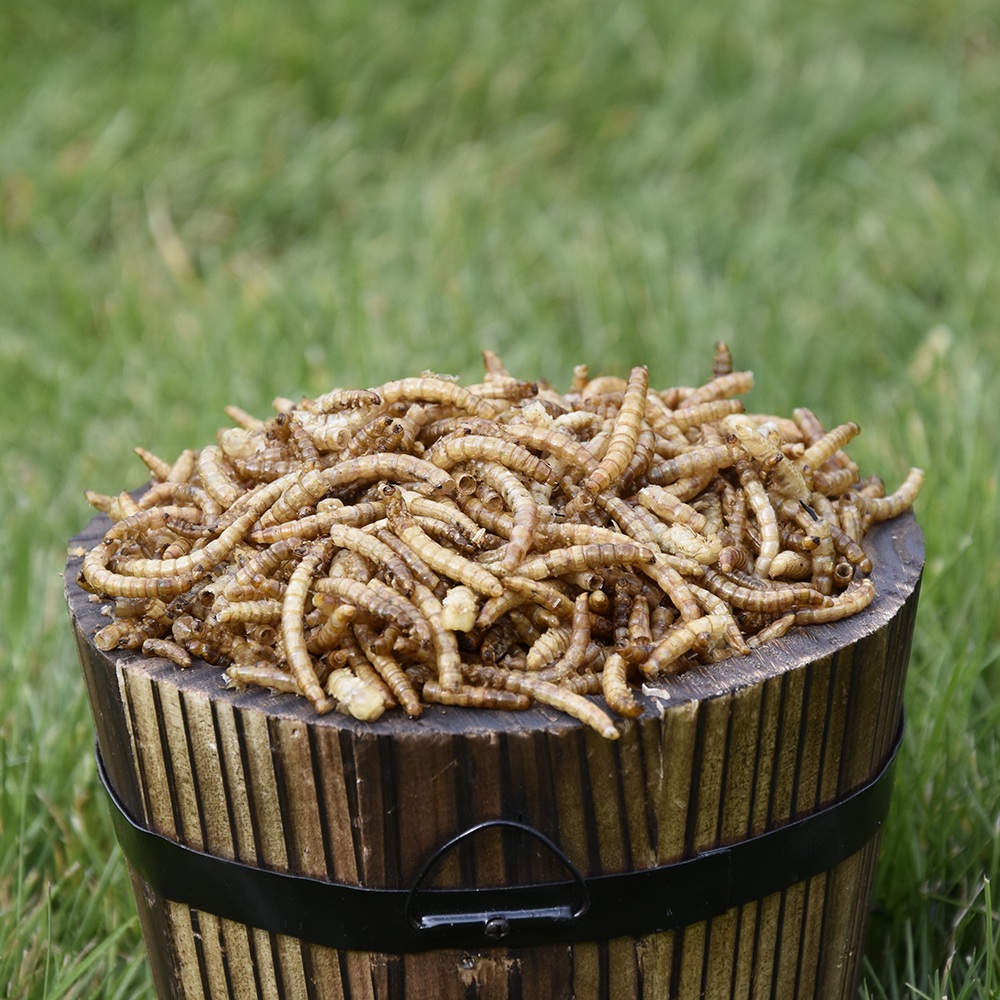
Dried Mealworms
If you're not a fan of the wiggly live mealworms, dried mealworms are the next best thing! Still packed with the fat, protein and fibre Robins need for optimal health, and what's even better is that dried mealworms can be stored for up to a year! Before putting out the dried mealworms, you'll need to soak them for 30 minutes to bring back the moisture which will hydrate your Robins.
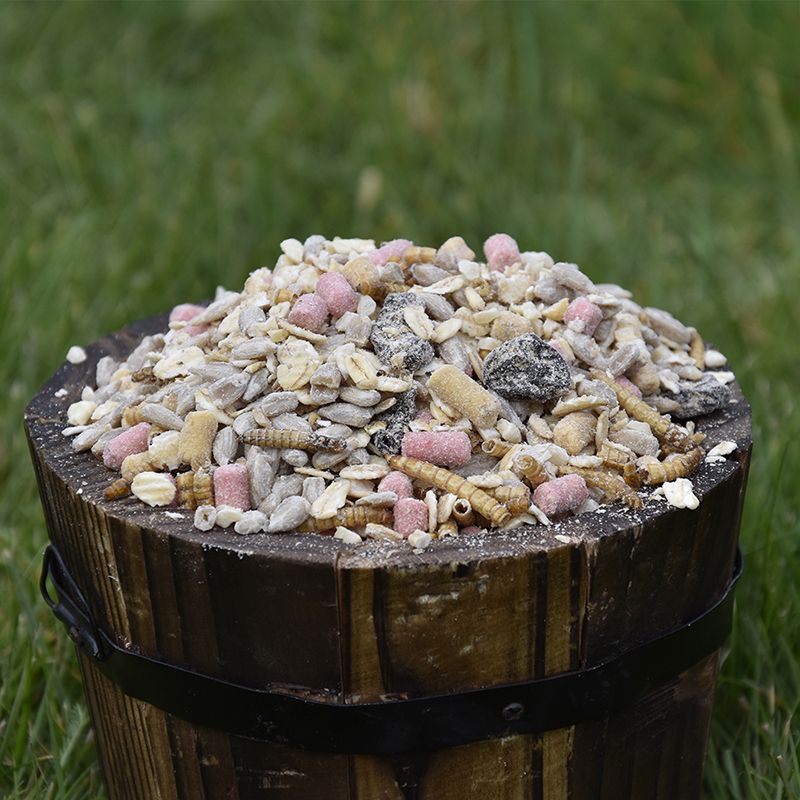
Robin and Me Mix
We've combined all their favourite foods to make the ultimate bird food mix for Robins! Our Robin and Me Mix is packed with everything needed for them to grow strong and healthy, including fruit, mealworms and suet pellets. All these ingredients have been specially chosen with the Robins soft bill in mind. Rather than using whole peanuts or nuts with husks, which Robins can struggle to break, we've used kibbled peanuts and sunflower hearts. We've also used our own suet pellets that are soft enough for their bills to peck through.
Will a Robin feed from your hand?
Robins are considered to be the most confident and friendly of all garden birds and will often follow you around in your outdoor space, especially if you're digging up soil and exposing worms. The more time you spend with them, the more your Robins will become familiar with you and grow trust. In time they will be confident enough to eat from your hand. To gain their trust, place their favourite food 2 - 3 meters away from you and let them get used to eating near you. Over time, reduce the space until they are eating food from your hand.
What feeders do Robins use?
Even though you may see them hanging against feeders, Robins are natural ground feeders and like to be standing on something while eating. We provide many ground feeders or hanging feeders with perches equipped for Robins. Here are just a few.
Where do Robins nest?
Since the decline of natural nesting holes, Robins have had to improvise with their nest spots. From random garden objects to old boots, Robins have been found nesting in the most peculiar places.
Robins would still prefer a safer place to nest away from predators' reach, and that's where you come in! You can attract Robins to your garden by giving them the perfect home to nest in. Nest boxes will provide them with a warm, safe space which is exactly what they're looking for to lay their eggs and bring in the next generation of Robins. Though, you can't just put up any nest box.
Nest Boxes for Robins
Robins like their boxes to come with an open front, so they can easily swoop in. Here is a wide selection of the best Robin nest boxes to choose from.
Where to put a Robins nest box?
Just like with the type of box you use, Robins also have a preference for the positioning of their nest box. Robins like their nest boxes to be low down, no higher than 2 meters. They also like their privacy, so it's preferred for the nest boxes to be submerged and well hidden in bushes or shrubs. If possible, position the box so the entrance hole is facing north-east and is sheltered from the prevailing wind and rain.
When to put up a Robins nest box?
As most European Robins don't migrate, they'll make use of a nest box all year round. From the beginning of Spring to the end of Summer, Robins will need nest boxes to raise their young. Throughout Autumn and Winter, they'll need a place to roost to keep them warm and safe from the harsh winter weather.
Robin fledglings
If your Robin nest box is successful, then it won't be long until you have young Robins to care for as well! Robin fledglings will have nearly all their feathers come through, but it won't be the red breast we all know so well. Robin fledglings and juveniles will have spotted light brown bodies and heads.
First impressions always count, and if the young juveniles know they can get all the essentials in your garden, then they'll just keep coming back for more.
What do you do with Robin fledglings?
Robin fledglings will leave their nest just before they can fly. If you have found an abandoned young Robin, there is no need to be alarmed as this is entirely normal, and its parents are very likely to be nearby. You can help Robin fledglings by putting out fledgling friendly food in your garden. Its parents will then transfer the food to the young Robin until it can do so on its own. To help get you prepped for the younger arrival, we offer a Fledgling Bucket Bundle that has everything you need to keep your Robins happy.
What do baby Robins eat?
Whilst it's a common misconception that small birds can't judge the size of their meal and can choke on large pieces of food, it's always a good idea to minimise this risk entirely by offering out small seeds or suet products that can be pecked at. Here are some of our recommendations for fledgling-friendly bird foods.
How long will a baby Robin stay on the ground?
Once the baby Robin has left the nest, it won't be long until it's flying around in your garden. Though, they'll need a few days to learn the flying hack from mum and dad. In the meantime, it'll be hopping around and perching on branches.
Other ways to help Robins in the garden
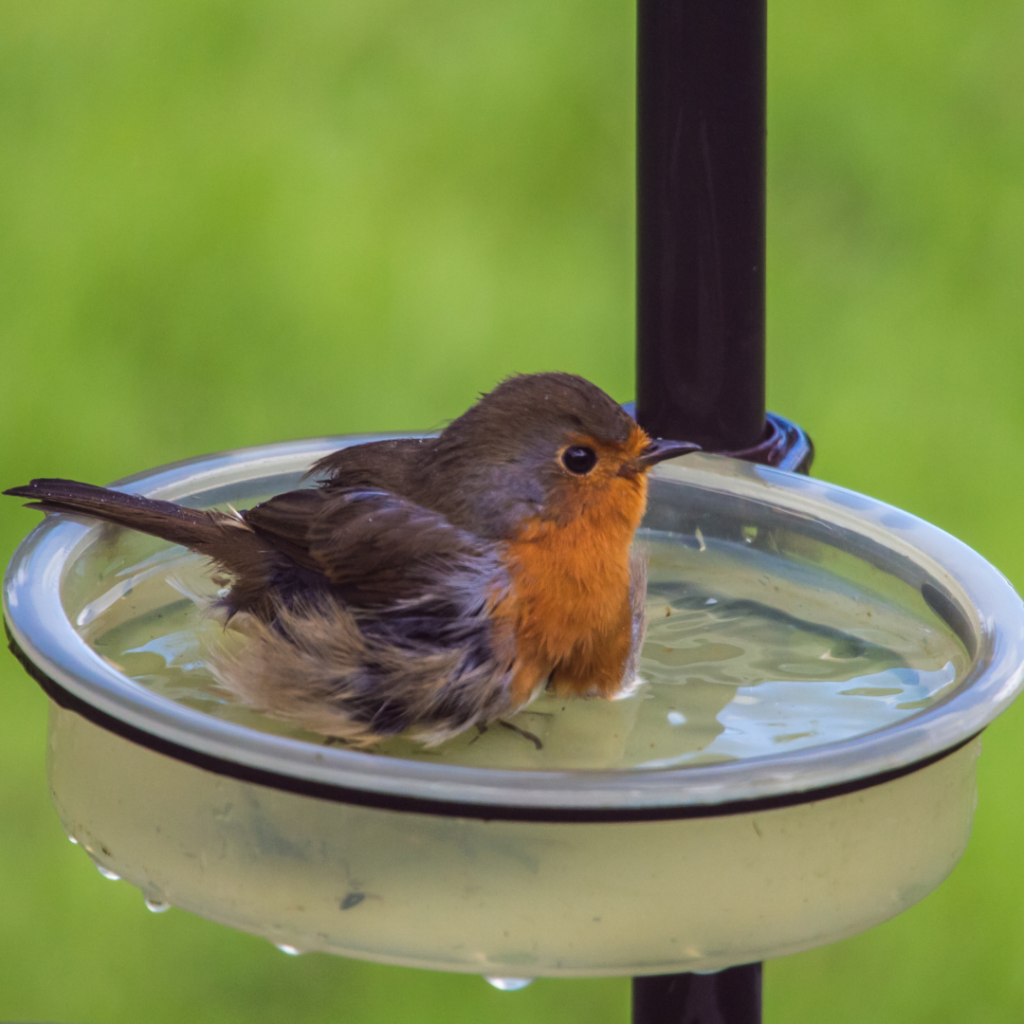
Water
Robins need a thirst-quenching drink just as much as we do, and you can bet that they'll be flying to your garden if there's a clean water supply. Not only is water great for keeping Robins hydrated, but they will also use it for bathing. Birds are unable to sweat, so they need baths to cool down on hot days. A birdbath or ground feeder will do the job nicely.
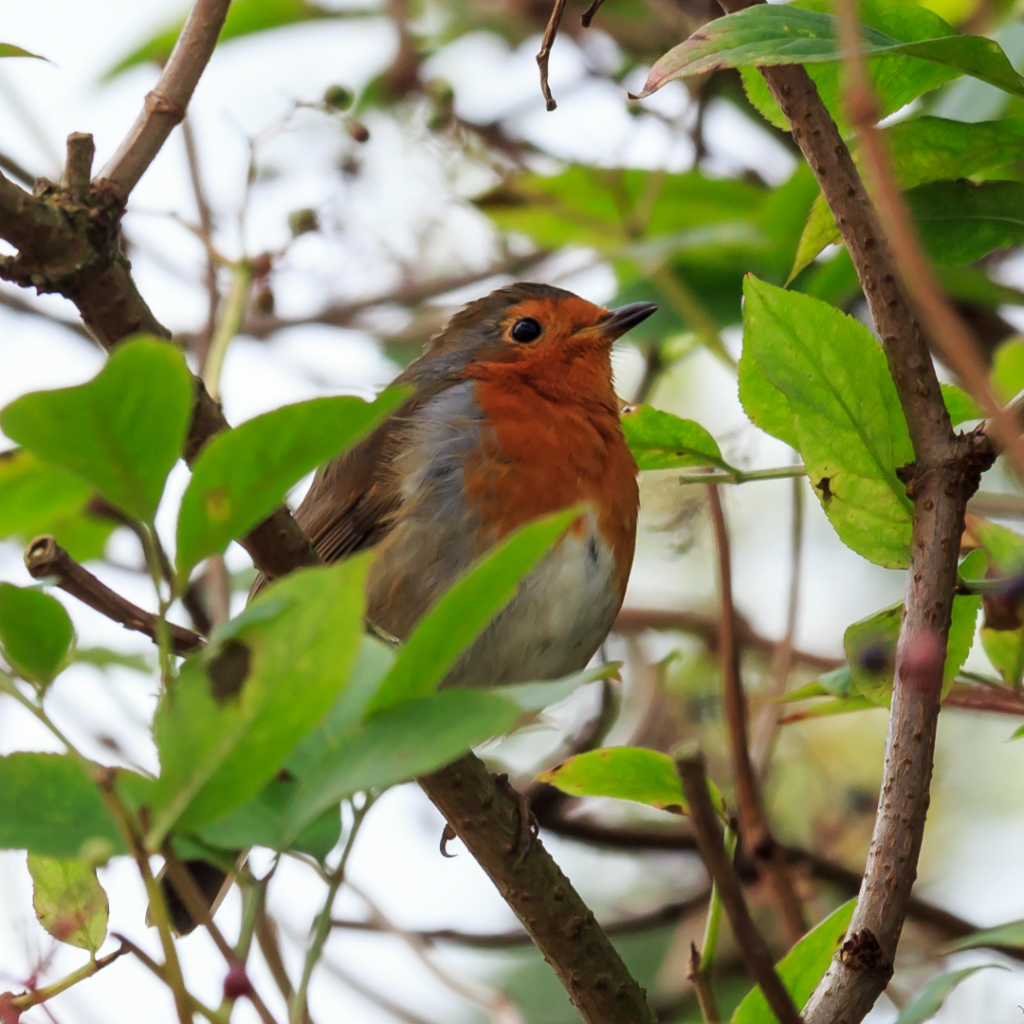
Shrubs
Robins love a good bush. Not only for taking shelter in, the twigs and leaves can also make excellent nesting material. Plant some hedges and place your bird feeders nearby to entice Robins to visit your garden even more. You can also grow holly trees or other plants that produce blueberries, mulberries, and honeysuckle, as Robins will enjoy eating the berries.
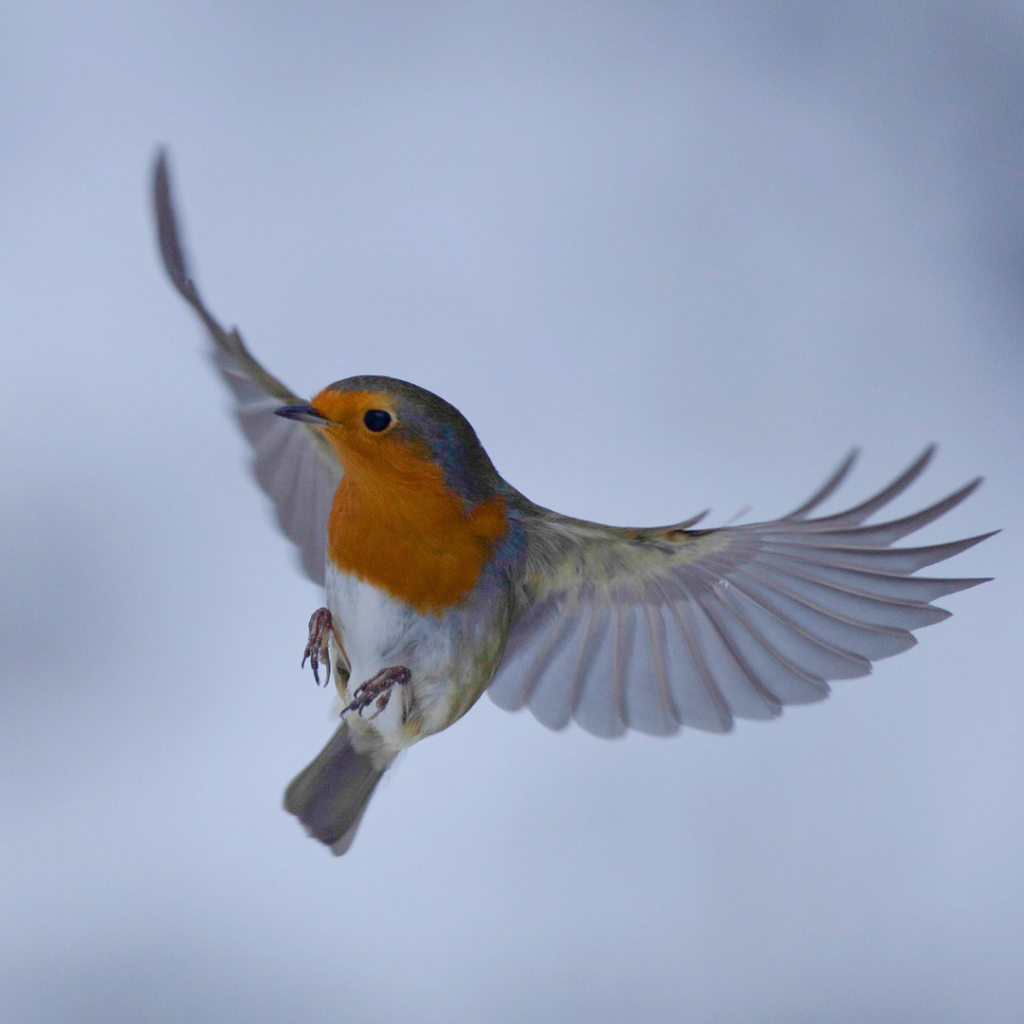
Territory
Robins are notoriously territorial and have no problems challenging any intruder bird that steps into the habitat. Some say that their red breast plays a threatening display to intimidate rivals. To help keep the peace, place multiple bird feeders around your outdoor space to avoid confrontation. Also, keep your feeders away from any Robin nesting sites or nest boxes so that other birds do not disturb the Robins.

